Understanding the Essence of Robotics: What Defines a Robot in Today’s Tech Landscape
In the rapidly evolving tech landscape, the question of what defines a robot has become increasingly complex and multifaceted. As technology advances, the boundaries of robotics blur, leading to a diverse array of machines that incorporate varying degrees of autonomy, intelligence, and functionality. This article aims to delve into the essence of robotics by exploring key characteristics that collectively define a robot in today’s world.
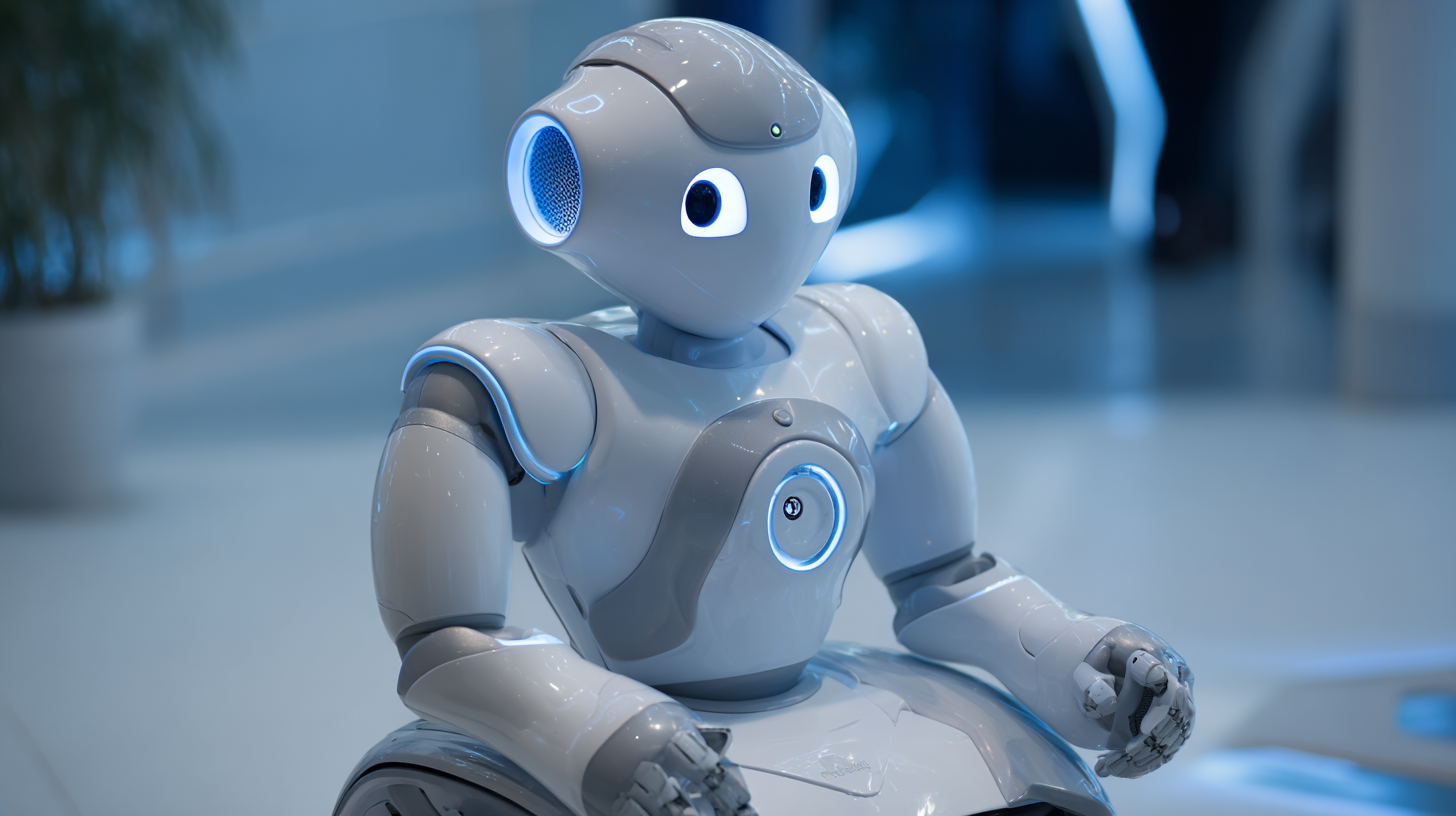
From industrial automation to personal assistants, the integration of artificial intelligence and machine learning has redefined traditional notions of robotic capabilities. We will examine how these developments influence our understanding of robots, while also highlighting the ethical considerations and societal implications that accompany this technological evolution. Through this exploration, we seek to clarify and expand upon the definitions and roles of robots in contemporary society.
Exploring the Key Characteristics that Classify a Robot in Modern Technology
In today's tech landscape, the definition of a robot has evolved significantly, embracing a range of characteristics that reflect advancements in
artificial intelligence and wearable technology. At the core of classification lies the ability to autonomously perceive and
interact with the environment. Robots now incorporate sophisticated sensors and data processing capabilities, allowing them not only to execute tasks but also to
learn from their surroundings. This autonomy is a hallmark of modern robotics, distinguishing these machines from traditional
automated systems.
Moreover, the integration of AI has expanded the functionalities of robots beyond mere mechanical tasks. For instance,
developments in wearable devices leverage AI to enhance mental health research by connecting behavioral patterns with genetic data. This fusion of digital phenotypes
and robotics showcases a paradigm shift where technology is increasingly aligned with human-centric applications. Such advancements
underline the importance of adaptability and sensory feedback in defining modern robots, making them essential tools not only in manufacturing but also in fields such as
healthcare and finance, where innovative applications continue to emerge.
Analyzing the Rise of Autonomous Systems: Statistics and Trends in Robotics
The rise of autonomous systems is reshaping the robotics landscape, driven by significant advancements in artificial intelligence and machine learning. According to a recent report by MarketsandMarkets, the global robotics market is projected to grow from $62.75 billion in 2020 to $189.36 billion by 2025, at a compound annual growth rate (CAGR) of 24.5%. This growth is fueled by increasing demand for automation across various sectors, including manufacturing, healthcare, and logistics. The widespread adoption of autonomous systems not only enhances productivity but also leads to improved safety standards in hazardous environments.
As organizations embrace these technologies, it's essential to consider the practical implications. For instance, investing in employee training to work alongside robots can maximize efficiency and minimize operational disruptions. Furthermore, businesses should stay updated with the evolving regulatory landscape surrounding robotics. A 2022 survey by the International Federation of Robotics indicated that 63% of firms are actively adapting their strategies to address safety and compliance issues related to autonomous systems.
Tip: Start small by integrating robotics into specific workflows to better understand their impact before scaling up.
Tip: Allocate a budget for continuous training and development that focuses on both human-robot collaboration and emerging robotic technologies.
The Role of AI and Machine Learning in Defining Robotic Capabilities Today
The integration of artificial intelligence (AI) and machine learning is redefining what a robot is in today's technology landscape. As reported, the global artificial intelligence robots market was valued at $5.23 billion in 2024, with projections estimating growth to $32.26 billion by 2030. This surge underscores the critical role AI plays in enhancing robotic capabilities across multiple industries.
In the automotive sector, AI-powered humanoid robots are revolutionizing manufacturing processes. Noteworthy advancements in robotics technology allow these intelligent machines to perform complex tasks with high precision and efficiency, significantly improving productivity and reducing operational costs. Moreover, the synergy between foundation models in AI and emerging communication technologies such as 6G is anticipated to unlock new opportunities for robotics, enabling even more sophisticated applications and smarter automation systems in various environments.
The versatility of AI applications further highlights the transformative potential of robotics. From e-commerce to natural language processing and logistics, AI-driven robots are now integral to enhancing workflow efficiencies and redefining industry standards. As this technology continues to evolve, the definition of a robot will increasingly encompass these advanced capabilities, demonstrating how AI and robotics are intertwined in shaping the future of industries worldwide.
Evaluating the Impact of Robotics on Various Industries: Data-Driven Insights
The impact of robotics on various industries has been transformative, reshaping workflows and enhancing efficiency across the board. In manufacturing, for example, the integration of robots has streamlined production lines, reducing human error and increasing output. Data-driven insights reveal that companies utilizing robotics can achieve up to 30% more productivity, showcasing the technology’s vital role in meeting the demands of a rapidly evolving market. Furthermore, the ability to collect and analyze real-time data allows industries to optimize processes, decrease downtime, and improve overall operational cost.
In sectors such as healthcare, robotics is revolutionizing patient care and surgical procedures. Surgical robots enable precision that surpasses human capabilities, leading to minimally invasive operations and quicker recovery times. Data indicates that hospitals employing robotic systems have seen a significant decrease in postoperative complications. Additionally, in logistics, autonomous robots optimize inventory management and delivery systems, making operations more responsive to customer needs. As industries continue to embrace robotics, the positive trends reflected in data analytics underscore the significant advantage that these technologies provide in enhancing productivity and operational efficacy across various fields.
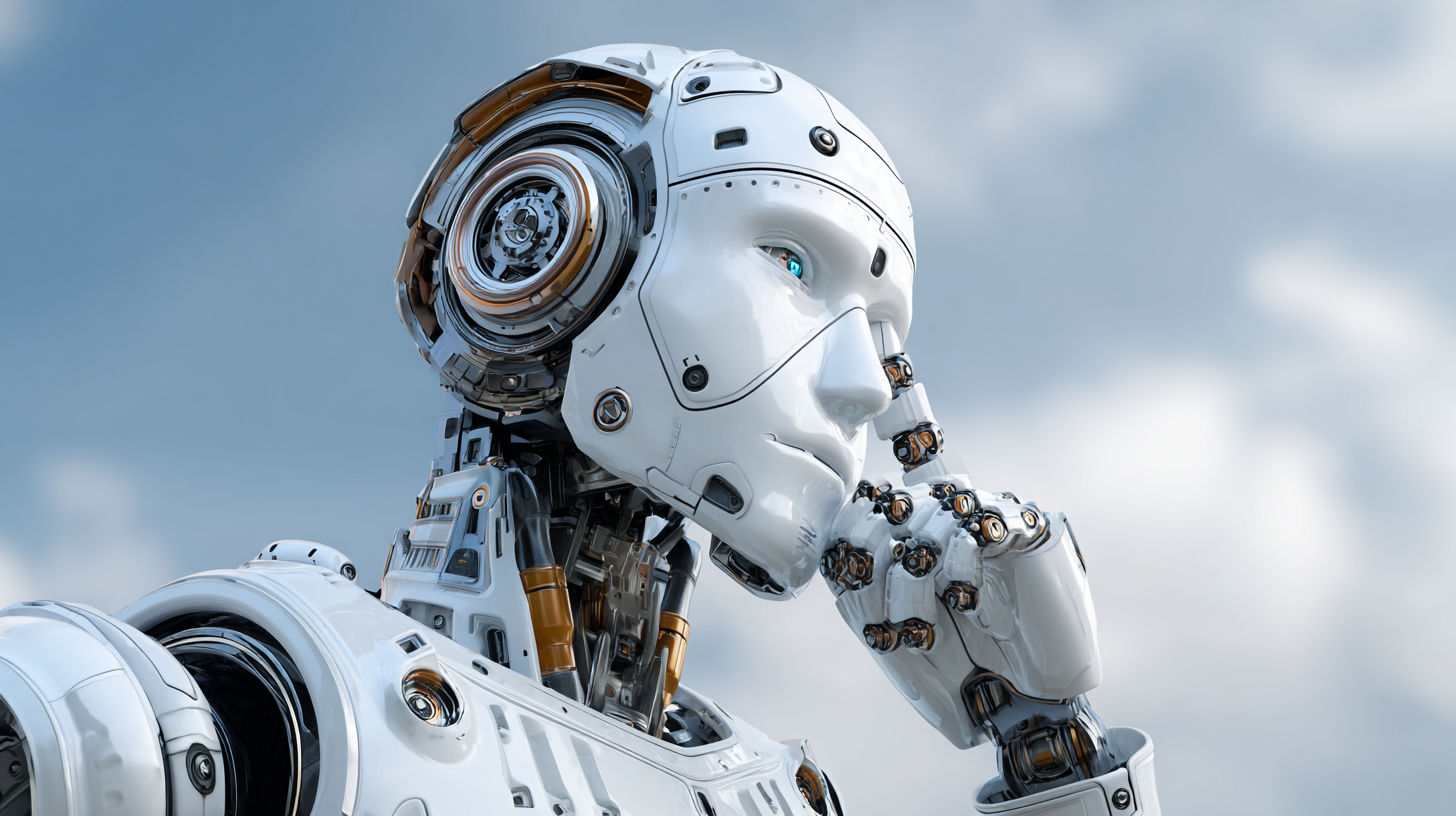
Future Projections: How Robotics Will Evolve in the Next Decade Based on Current Metrics
The future of robotics holds immense potential, as experts project significant advancements in the next decade. Notably, during the Huawei Smart World 2035 conference, insights were shared regarding the transformative impact of intelligent technologies on various sectors. With thought leaders like Kevin Kelly predicting that middle-management jobs may soon be the most susceptible to automation, it's clear that the workforce landscape will undergo substantial shifts, driven by robotics and AI developments.
In a recent interview, OpenAI's CEO Sam Altman expressed his conviction that AI will play a crucial role in groundbreaking scientific discoveries, alongside the rise of humanoid robots navigating our streets. This transformation indicates a future where AI companions become integrated into daily life. Additionally, experts like Yann LeCun have emphasized that we are at the cusp of a breakthrough period for robotics, fueled by the abundant resources available for training AI models. The evolving relationship between AI and robots will redefine our interaction with technology, marking a significant era of innovation and change.

Related Posts
-
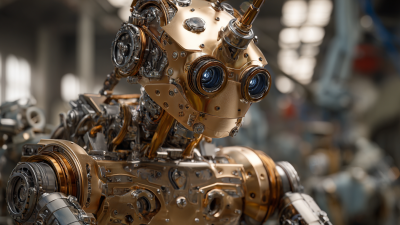
Exploring the Future of Manufacturing with Robot Industrial Innovations
-

10 Surprising Ways Automation Machines are Transforming Small Businesses in 2023
-
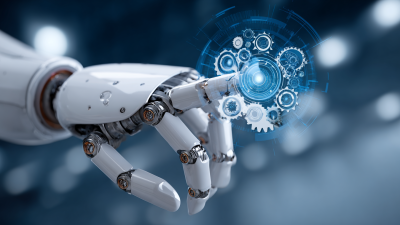
Unlocking Business Efficiency with Robotic Process Automation Software Insights from Recent Industry Trends
-

Wisconsin Automation Leading the Future of Robotics in Manufacturing with Industry 4.0 Insights
-
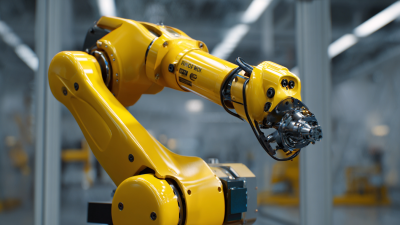
Exploring the Future of Automation Through Fanuc Robots Advancements in Technology
-
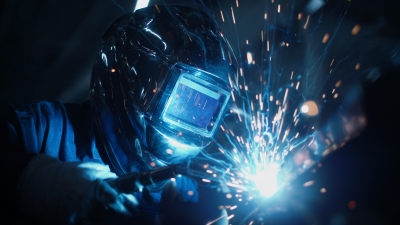
Unlocking Precision: How Robotic Welders Are Revolutionizing Manufacturing Efficiency
